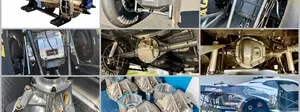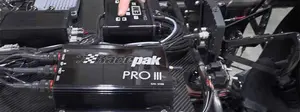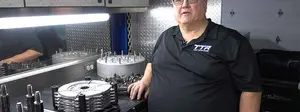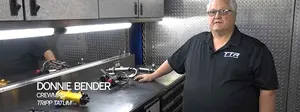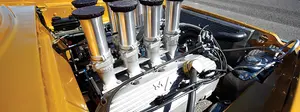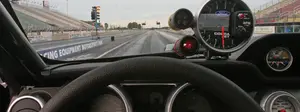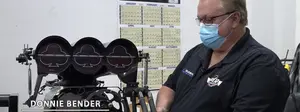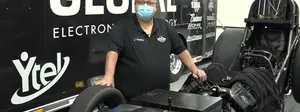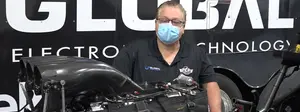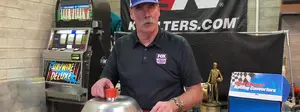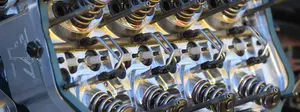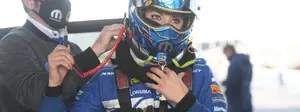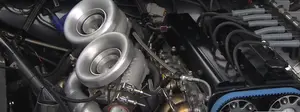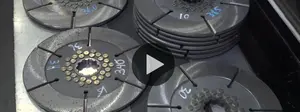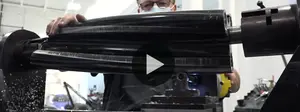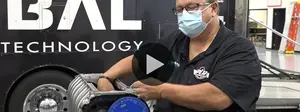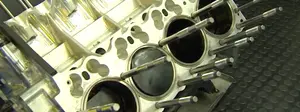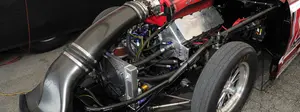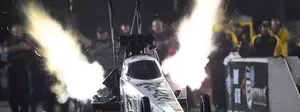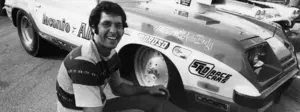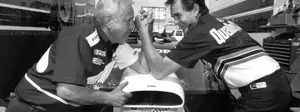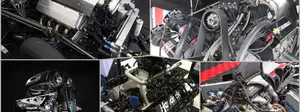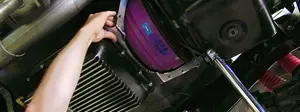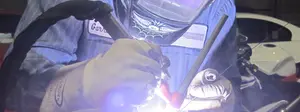

Pro Stock engine builder profile: Warren Johnson
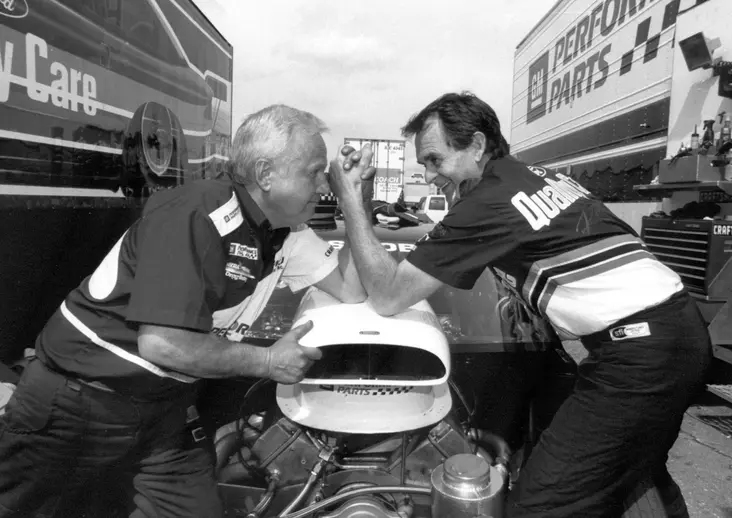
The top-secret technology of Pro Stock that has been hidden away like the Holy Grail for the last 50 years isn’t what you might think. It’s not an exotic piston or connecting rod. It’s not a featherweight valvetrain. It’s not even a billet-aluminum intake manifold. It’s something Grumpy Jenkins, Bob Glidden, and Warren Johnson knew, and practiced in NHRA pits. They only shard this secret with their inner circle, but it’s leaked out over time, and inspired new generations of racers. What is it that makes NHRA Pro Stock engines so powerful and reliable?
Brutal. Hard. Work.
This kind of commitment attracts us all, but breeds few practitioners. A Pro Stock engine’s output is measure in horsepower on the dyno and speed at the top-end of the track, but the common ground we found speaking to these engine builders was apparent. It’s their painstaking care and the kind of attention to detail that takes countless hours to recreate.
We begin with the Professor of Pro Stock himself, Warren Johnson.
Business: Warren Johnson Enterprises
Online: Facebook.com/WarrenJohnsonRacing
Phone: 770.271.1301
Point of contact: Warren Johnson
Builds engines for: None currently campaigning
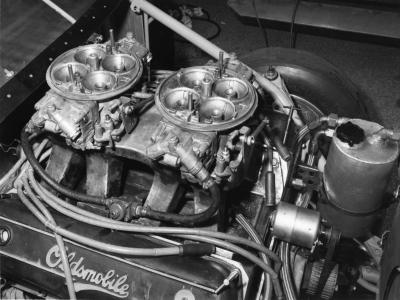
Cars he’s helped power: Matt Hartford, Kurt Johnson, and Warren Johnson
“I took the core boxes of a big-block Chevy head and fixed what I could in less than a week—and that became the DRCE 1. It was rather crude, but it got the job done. In fact the first race it ever went to, without ever being on a dyno, it qualified number one at Atlanta.”—Warren Johnson
Favorite accomplishment: First Pro Stock car to run in the 6s (Kurt Johnson driving) at Englishtown in 1994, and the first Pro Stock car to run 200 mph (Warren Johnson driving) at 1997 Virginia NHRA Nationals.
DRCE architecture used: DRCE 2, 3, or 4 block with DRCE 3 heads
Philosophy when building engines: “There’s no such thing as ‘tricks.’ It boils down to sound engineering practices. You have to adapt your engineering to the problem at hand. Once you understand all of the parameters you are involved with, then you can proceed to try to solve the problem. All we’re talking about is an air pump. You are trying to get the maximum amount of air through it, and the maximum amount of trapped air in it. You have to apply fluid dynamics, Bernoulli’s principle, and understand you’re going to have some parasitic losses—which you’re going to ask yourself ‘how are we going to cut those to a minimum.’”
“The way you design an engine, you want to design the valvetrain first, no ports, nothing. You design the valvetrain to accomplish the RPM range and the power level that you expect to achieve. Once you get a reliable valvetrain, then you can proceed to the ports. There are physical limitations, the head bolts can be in the way, but I just moved the damned things. If you can’t build a reliable valvetrain the engine isn’t going to be durable. If the engine isn’t durable then you can’t tune it to its maximum."
Technical capabilities that stand out: “We have six CNC’s, a Spintron, and a dyno. We don’t grind camshafts or crankshafts, but we can make everything else we need for an engine here. If you’re going to be reasonably successful, you can’t be waiting in someone else machine line. We can make a change in a matter of hours. It’s not that we can machine parts better than anyone else, but if we have a design concept, we can turn it into a reality in a matter of hours.”
Other engines they build: LS engines for road race and gymkhana cars























